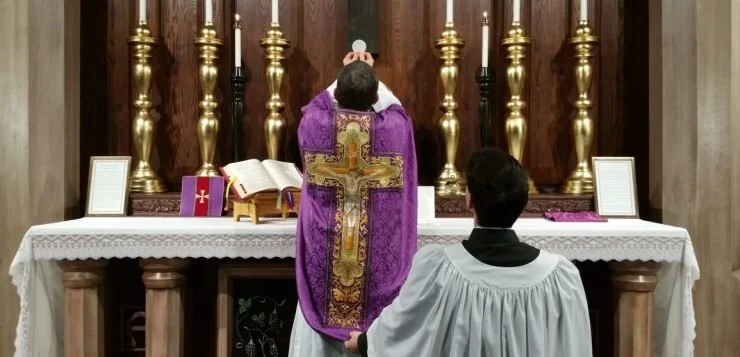What stories will religion reporters be chasing in 2022?
Veteran Godbeat pro Kimberly Winston asked a handful of national journalists — myself included — that question on Interfaith Voices’ “Inspired” radio show.
“Every one of the reporters we asked had a different answer,” Winston noted.
That’s certainly true.
But a few common themes emerged.
The Washington Post’s Michelle Boorstein, The Conversation’s Kalpana Jain and I all mentioned abortion as the U.S. Supreme Court contemplates overturning — or at least severely curtailing — Roe v. Wade.
Other topics cited: the COVID-19’s pandemic ongoing impact on religion and the role of faith and Christian nationalism — so evident in the Jan. 6, 2021, Capitol riot — in the midterm elections.
The Los Angeles Times’ Jaweed Kaleem said he’ll be reporting on religious activism related to the climate and environment. Faithfully Magazine’s Nicola Menzie expects to keep monitoring issues of importance to Christian communities of color, such as mental health.
By the way, the 2022 question was just one part of a fascinating show in which Winston delved into how religion reporters get their stories.
I was truly captivated, except for the parts where I had to listen to my own voice. I’d highly recommend it.
Look for more predictions for the coming year — including a major global story — in this week’s Inside the Godbeat section.










